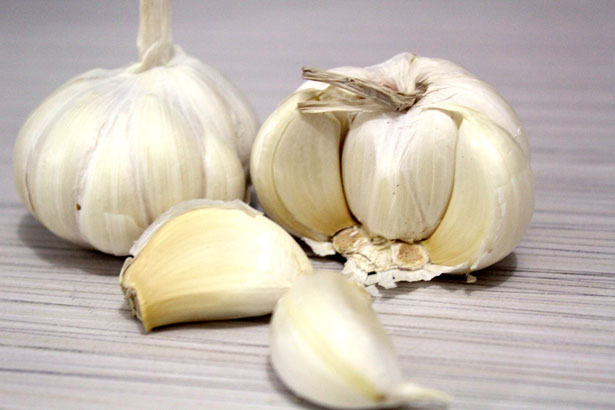 |
| Photo from healthjade.net |
Naegleria infection is a rare and often fatal brain infection. An amoeba often found in warm, freshwater lakes, rivers, and hot springs causes Naegleria infection. The amoeba is typically encountered while swimming or participating in other aquatic sports.
The amoeba, Naegleria fowleri, enters the body through the nose and goes to the brain, where it causes significant brain damage. The majority of persons with naegleria infection die within a week of developing symptoms.
Every year, millions of people are exposed to the amoeba that causes naegleria infection, yet only a small percentage of them become ill. Officials are baffled as to why some persons have naegleria infection while others do not.
WHAT ARE THE SYMPTOMS OF NAEGLERIA INFECTION?
- Fever
- Acute, severe headache
- Vomiting and nausea
- Congestion or discharge from the nose
- Smell or taste changes
- A stiff neck
- Light sensitivity
- Confusion
- Loss of balance
- Sleepiness
- Seizures
- Hallucinations
The disease can spread quickly and usually kills within five days after the onset of symptoms.
WHAT CAUSES A NAEGLERIA INFECTION?
WHAT ARE THE RISK FACTORS FOR A NAEGLERIA INFECTION?
- Swimming in freshwater: The majority of those who fall unwell have gone swimming in a freshwater lake during the last two weeks.
- Heat waves: Warm or hot water is ideal for the amoeba. Infections are more common in the summer and in southern states, but they can also occur in northern states.
- Age: Children and young adults are the most vulnerable age groups, presumably because they stay in the water longer and are more active in the water.
- Nasal irrigation or cleansing: Infections have occurred in people who used contaminated tap water to irrigate their sinuses or cleanse their nose during religious practices on a very rare occasion. Do not use water straight from the tap to guarantee that your water is safe for sinus rinsing or ceremonial cleansing. Instead, use boiled or distilled water.
HOW IS NAEGLERIA DIAGNOSED?
Imaging tests
HOW IS A NAEGLERIA INFECTION TREATED?
- Amphotericin B: an antifungal medicine that is frequently injected into a vein (intravenously) or into the area around the spinal cord to kill the amoebas.
- Miltefosine (Impavido): an investigational medicine that is often used to treat breast cancer and leishmaniasis but has shown potential in laboratory and animal experiments against the naegleria amoeba It has also been used to treat infections caused by other forms of amoebas with success.
- Other antifungal medications.
- Antibiotics.
HOW CAN A NAEGLERIA INFECTION BE PREVENTED?
- Warm freshwater lakes and rivers should not be swum or jumped into.
- When jumping or diving into warm bodies of fresh water, keep your nostrils closed or use nose clips.
- While swimming in shallow, warm freshwater, avoid disturbing the sediment.





